Amber (Amer) Fort, Jaipur
From the super-utilitarian and super-stunning Hawa Mahal (The Palace of Winds), let’s move to the crowning glory of the Pink city, the trinity of forts. Located just 8 kilometres from Hawa Mahal, the main access from the pink city takes you to Amber (Amer) Fort. A smaller winding path just short of Amber leads you to Jaigarh Fort. Maota Lake (original name – Mahavata, meaning large banyan tree), a massive water body, lies between these two approaches.
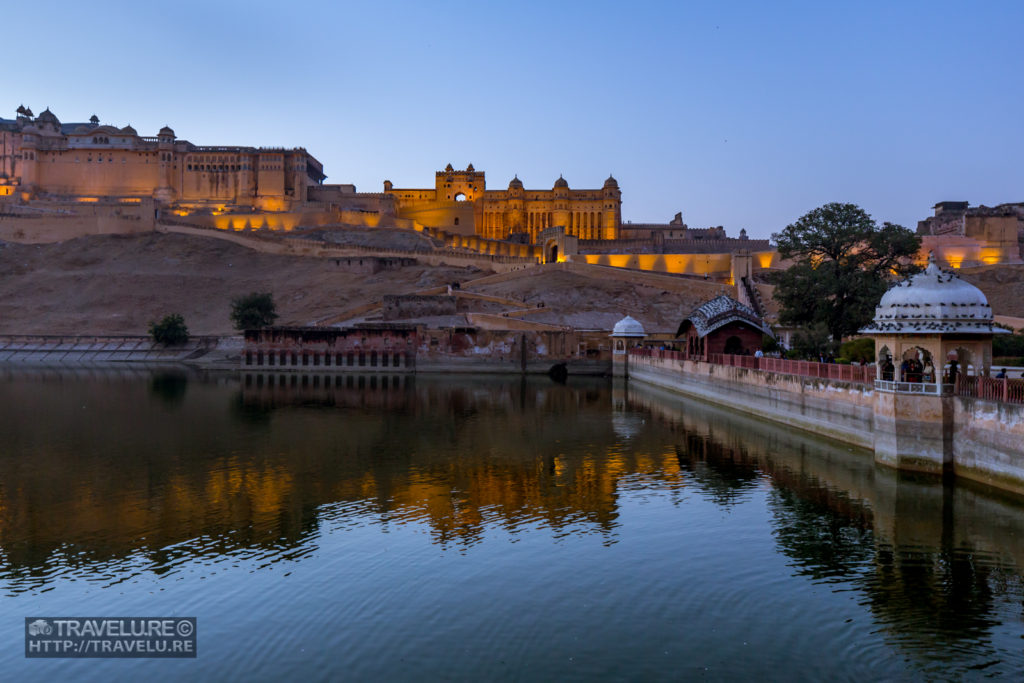
There is an island Mughal Garden in Maota, called Kesar Kyari (saffron flower bed). Its presence right outside the fort is like a trailer of a blockbuster. It reveals an obvious Mughal and Rajasthani architectural influence you will witness in Amber, the 16th-century mega-fort.
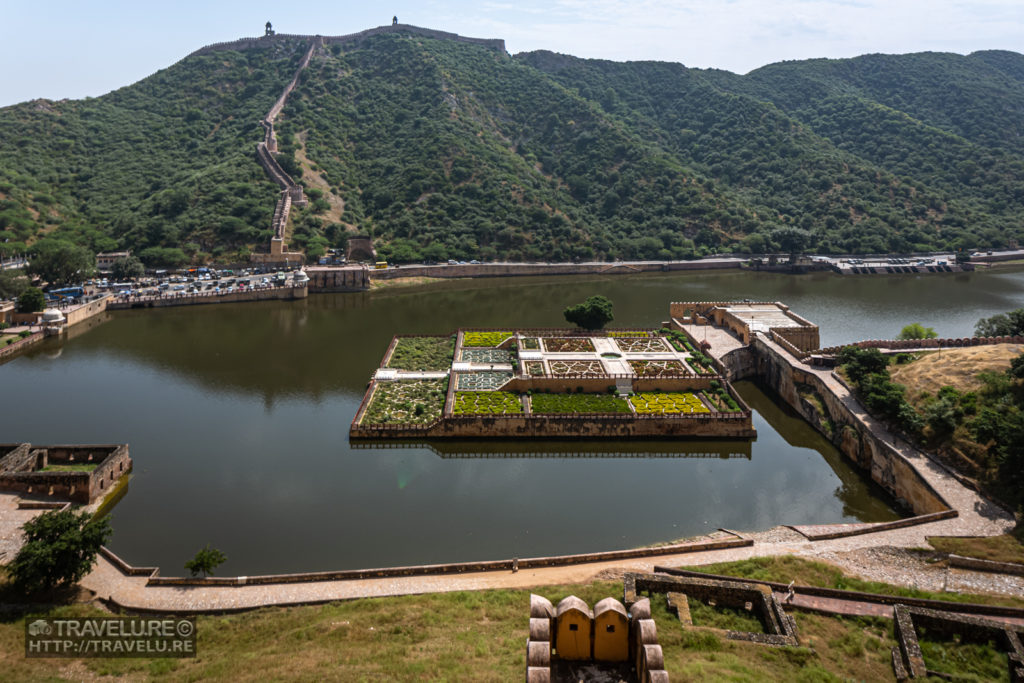
Amber (Amer) Fort
The construction work of the fort started in the 1st Millennia (967 CE). Its vintage is beyond heritage as it has been a silent spectator of the reign of many dynasties like the Meenas, the Kachwahas, and the Rajputs. Today, it may be the crowning glory of Jaipur, but let us not forget that Sawai Jai Singh founded Jaipur only in the early 18th century, while Amber existed since the latter half of the 9th century!
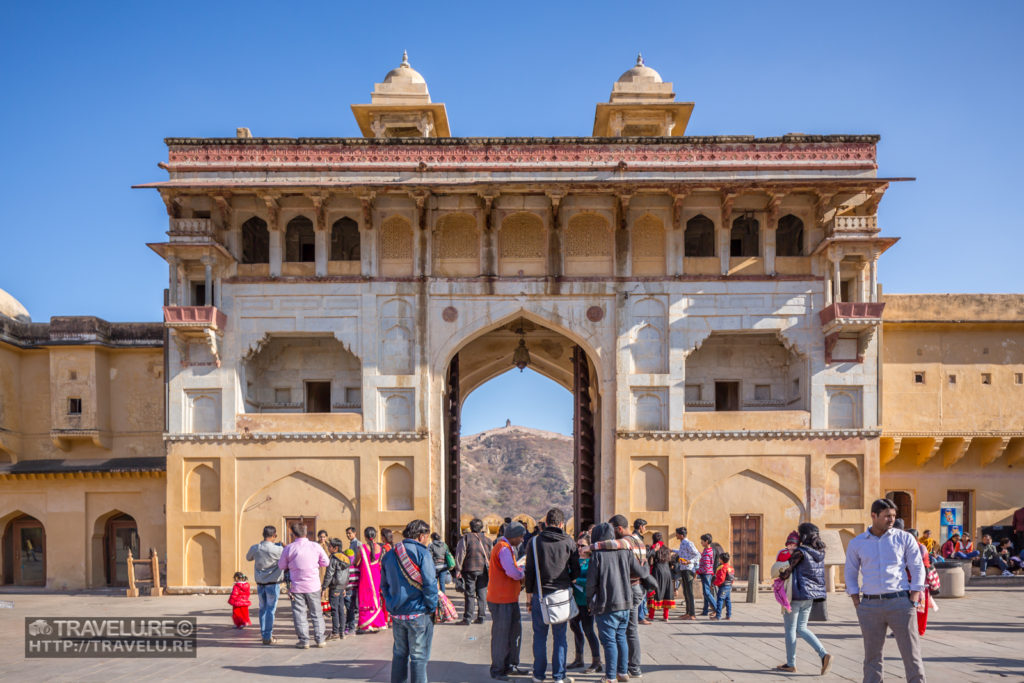
Perched atop a hillock, Amber gets its name from goddess Amba. She was the family deity of Meenas. A gentle climb on a cobbled pathway takes you to the First Courtyard through Suraj Pol (Sun Gate), an east-facing gate. If you are riding an elephant, this is where you alight. The courtyard is large. How large? Well, large enough for the army to hold its victory parade. This courtyard is called Jaleb Chowk. It is lined by stable for horses and rooms for the soldiers.
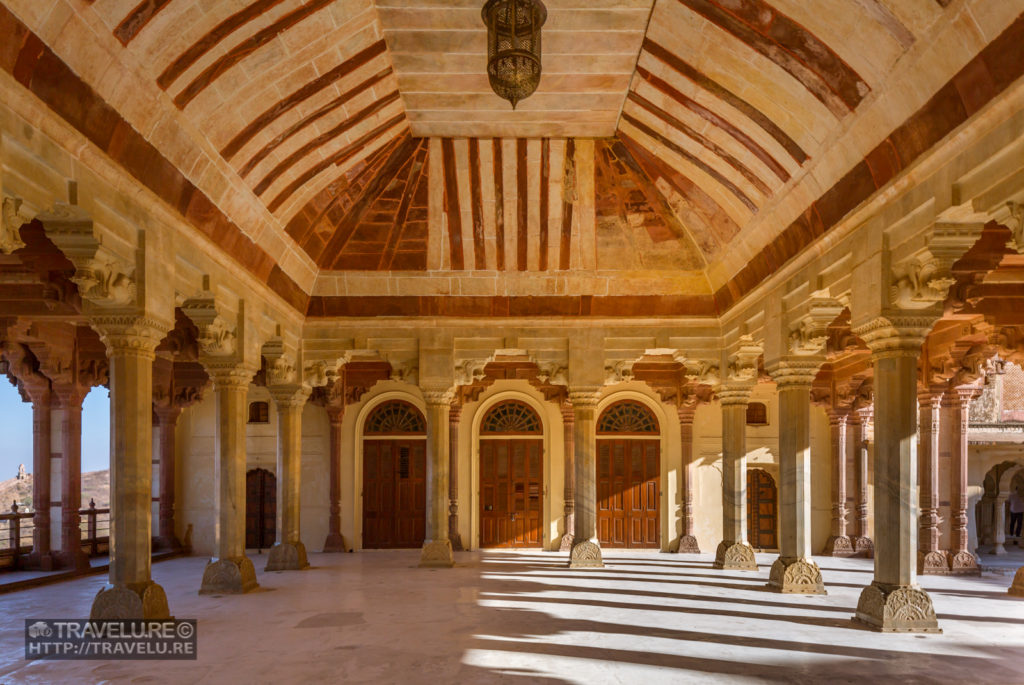
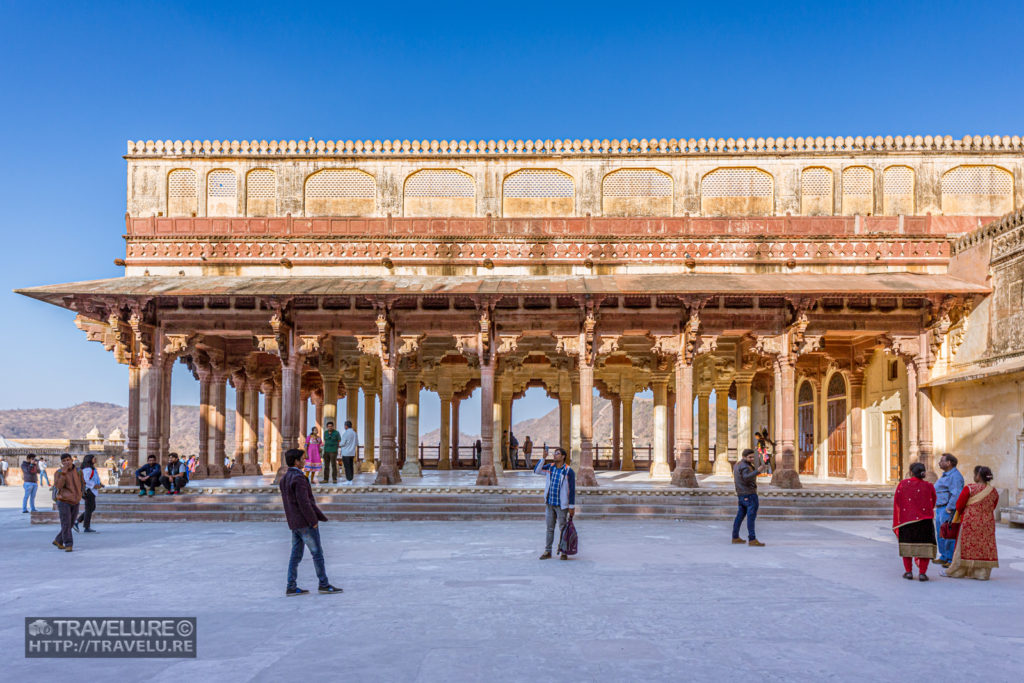
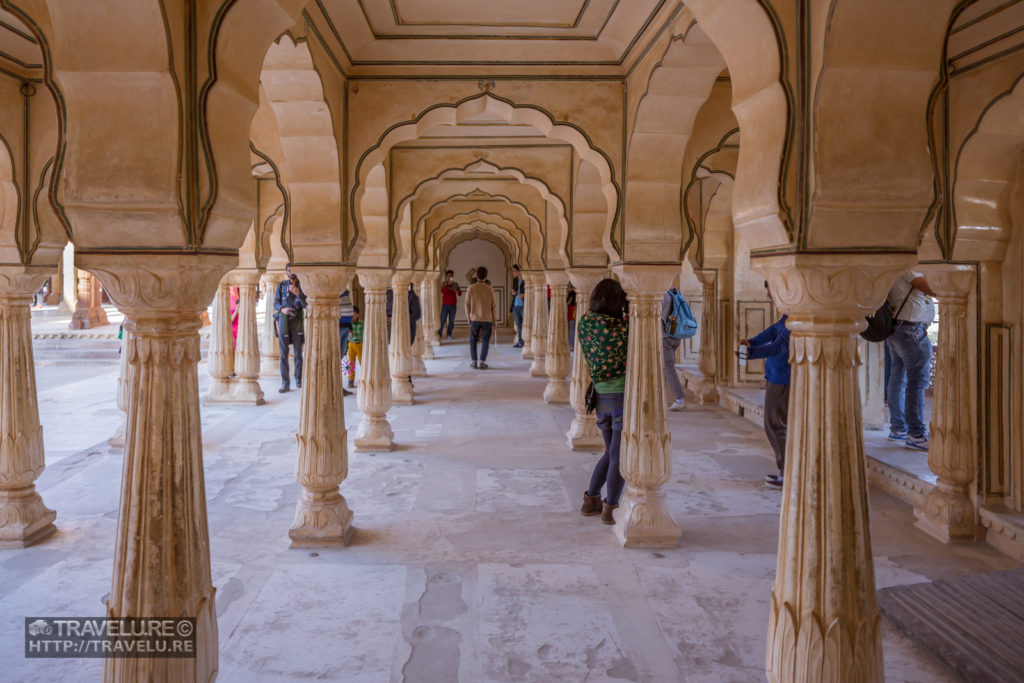
The fort is laid out in a North-South orientation. As you go south and step into the second courtyard, two hypostyle halls stare you in the face – Diwan-e-Aam (the house of commons) and Diwan-e-Khas (the house of lords). You can see Aravalis, the oldest mountain range in the world, from the windows of Diwan-e-Khas.
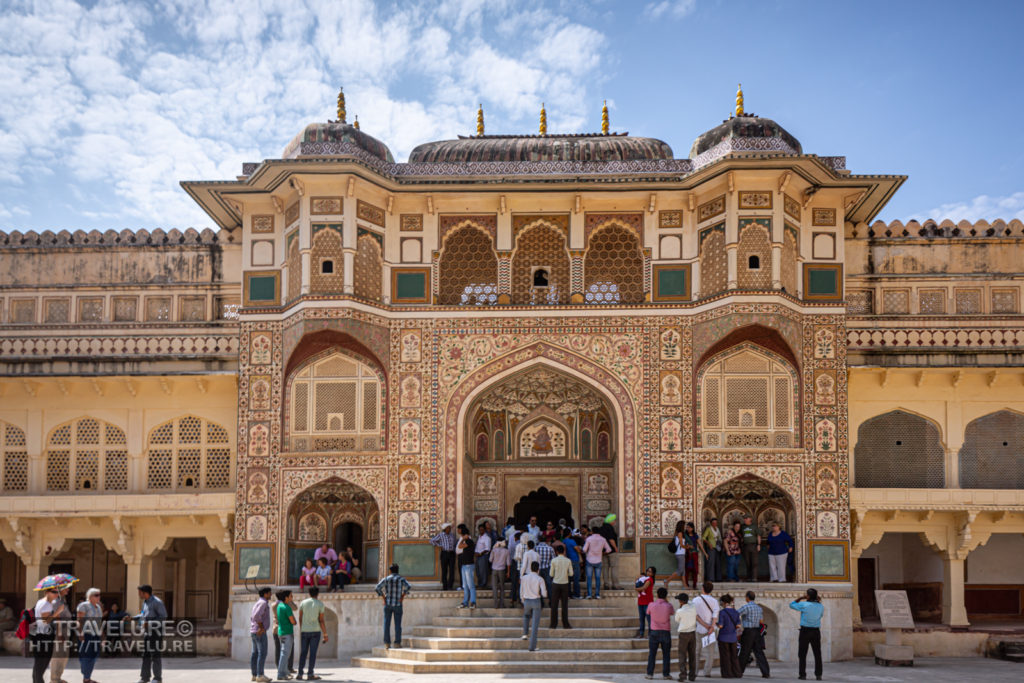
Palaces inside the Fort
The access to palaces within is through Ganesh Pol (Ganesh Gate). Get ready to get awed as you look at this imposing gate. Its Pietra Dura work is amongst the best in the world. The gate is named after Lord Ganesha, being an obstacle-remover deity.
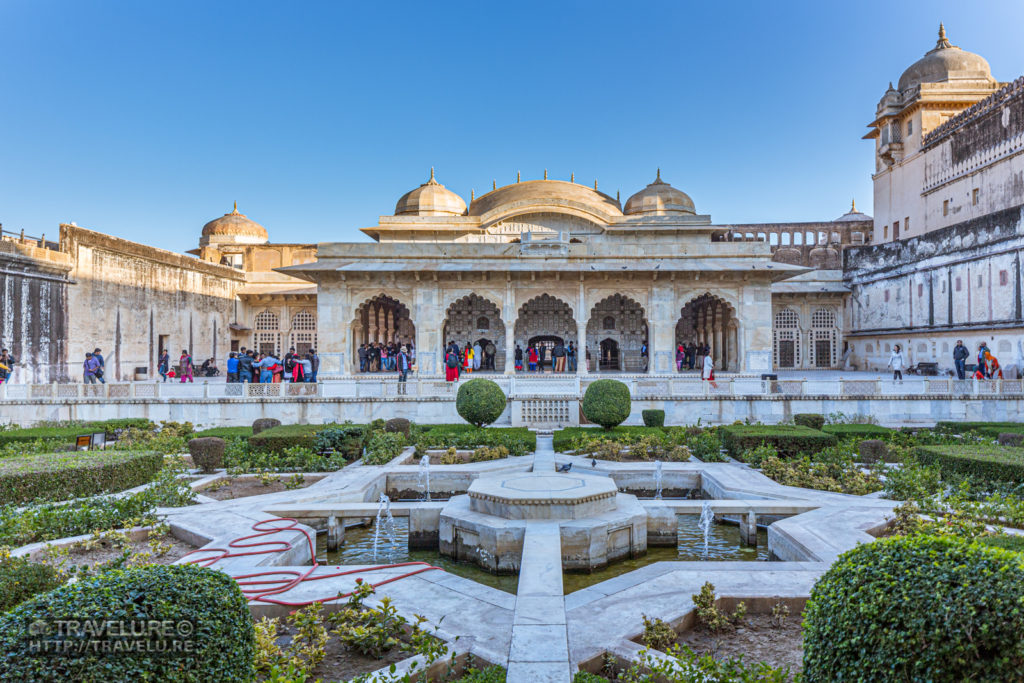
As you step further south into the palaces complex, Aram Bagh (Relaxation Garden) greets you. Laid out in the Mughal Charbagh design, the garden looks glorious even now. To the east lies Sheesh Mahal (Palace of Mirrors). The quality of mirrors has withstood the elements for over three centuries and look good as new even today.
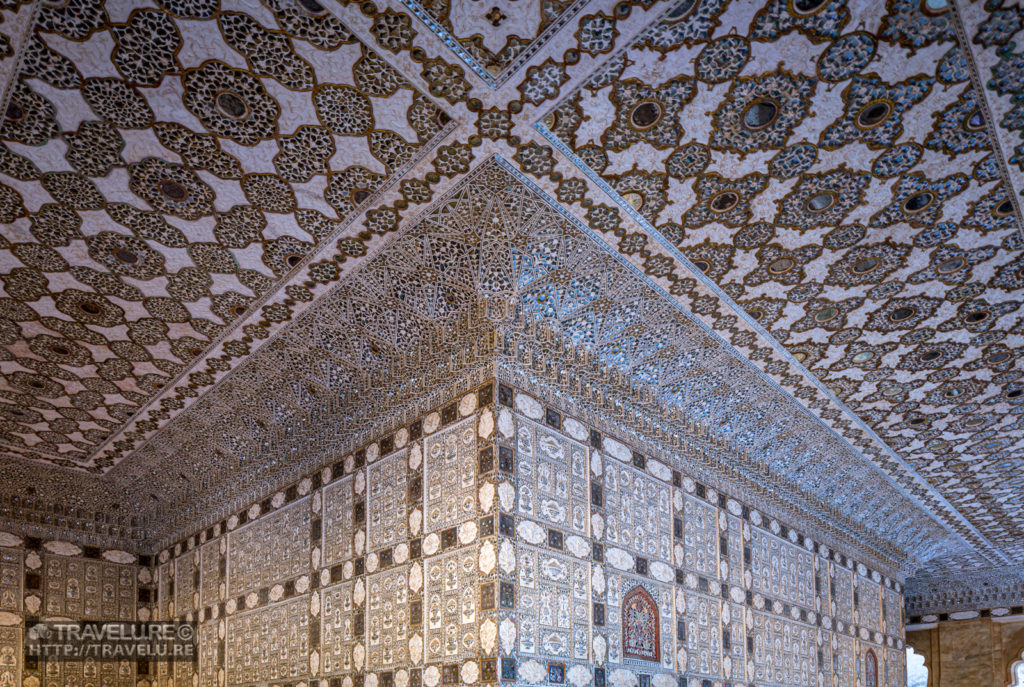
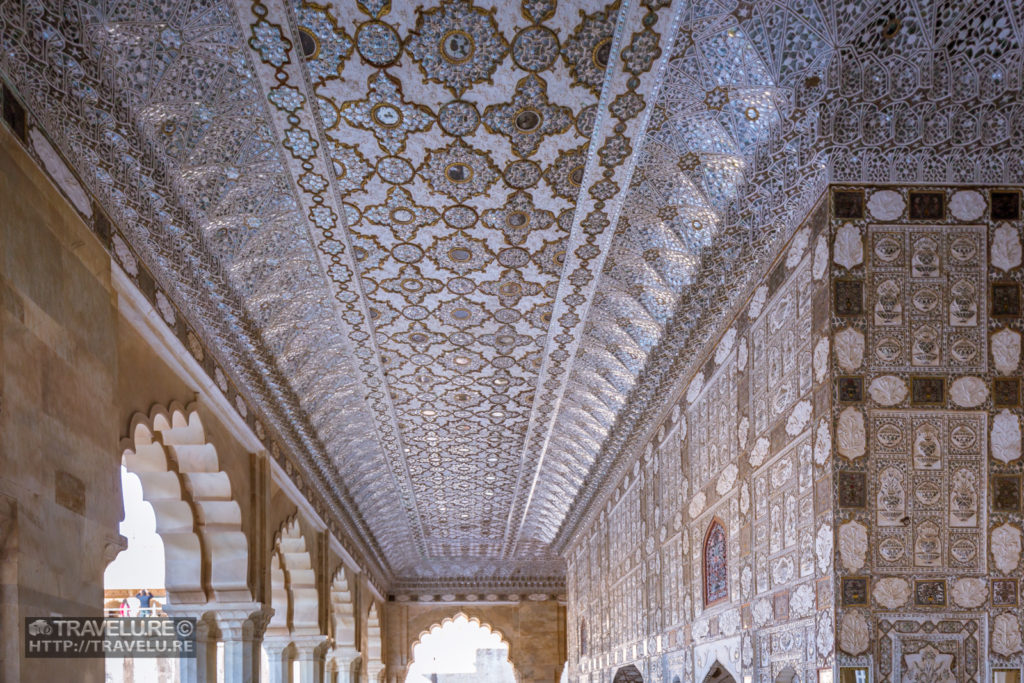
In Aram Bagh complex, to the west lies Sukh Niwas (Abode of Happiness). A system of pipes connected to a water supply cooled this section. Further south, a Baradari (twelve-door corridor) leads you to Zenana (the ladies’ quarters).
More on Amer
The entire fort complex has a few temples, notably Sila Devi Temple, Jai Mandir (Temple), and Jas Mandir (Temple). UNESCO has inscribed Amber Fort, acknowledging the magnificence of the fort and the palaces within. No trip to the pink city is complete without a visit to this allurement.
Most travel itineraries club this beauty along with a day-trip to Jaipur. Exercise caution and spare a day as this attraction is just one of the trinity of forts here. It is definitely worth your time, and I am sure after seeing this and the next post, you’ll agree.

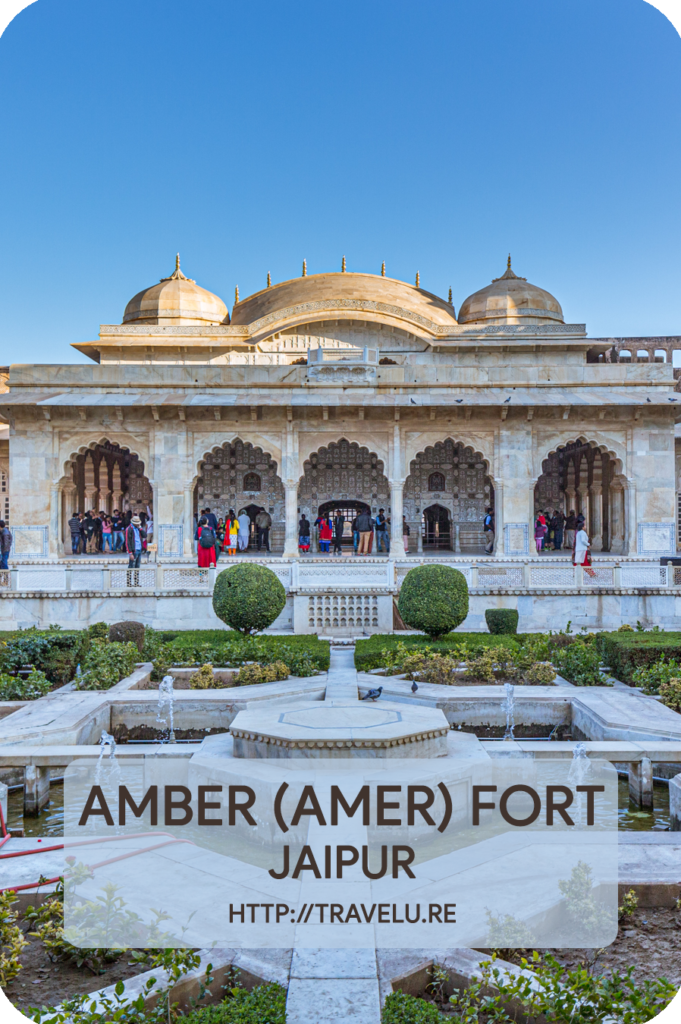
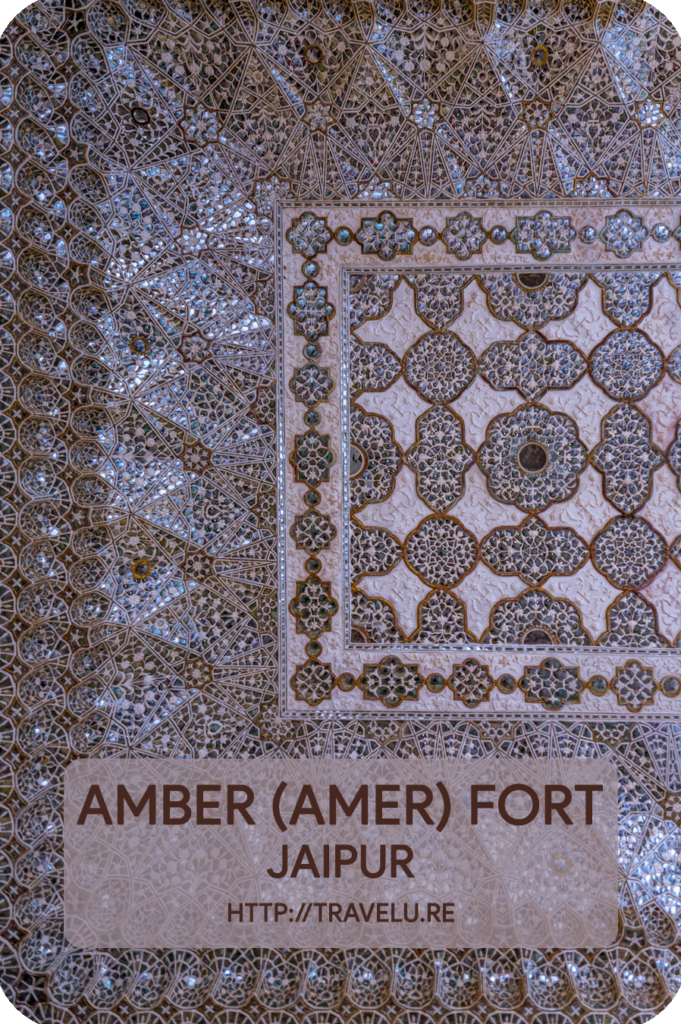
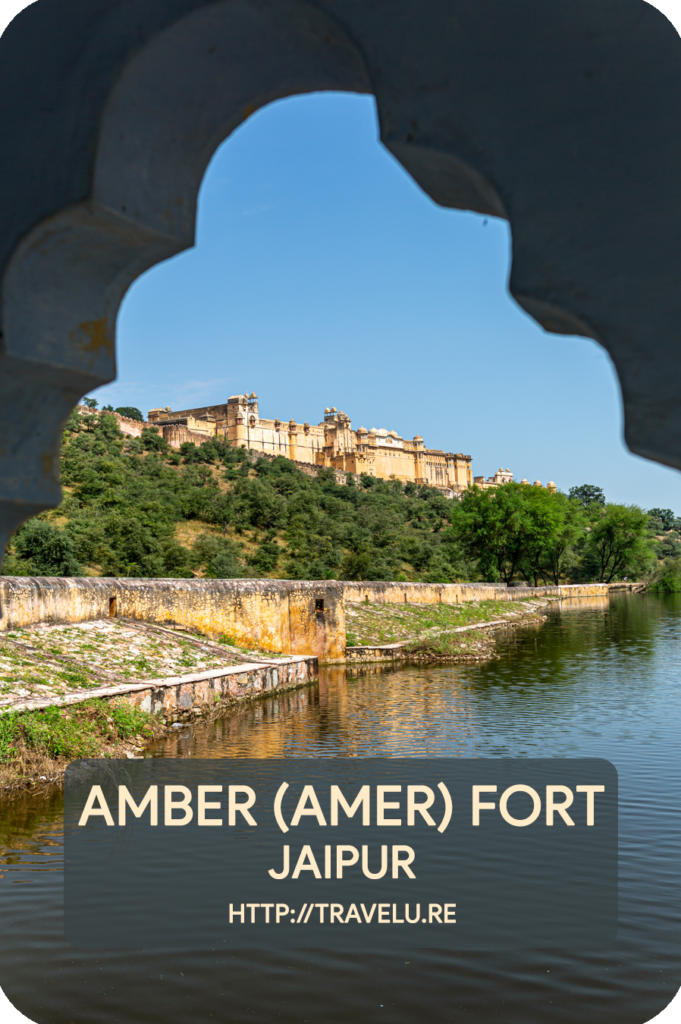
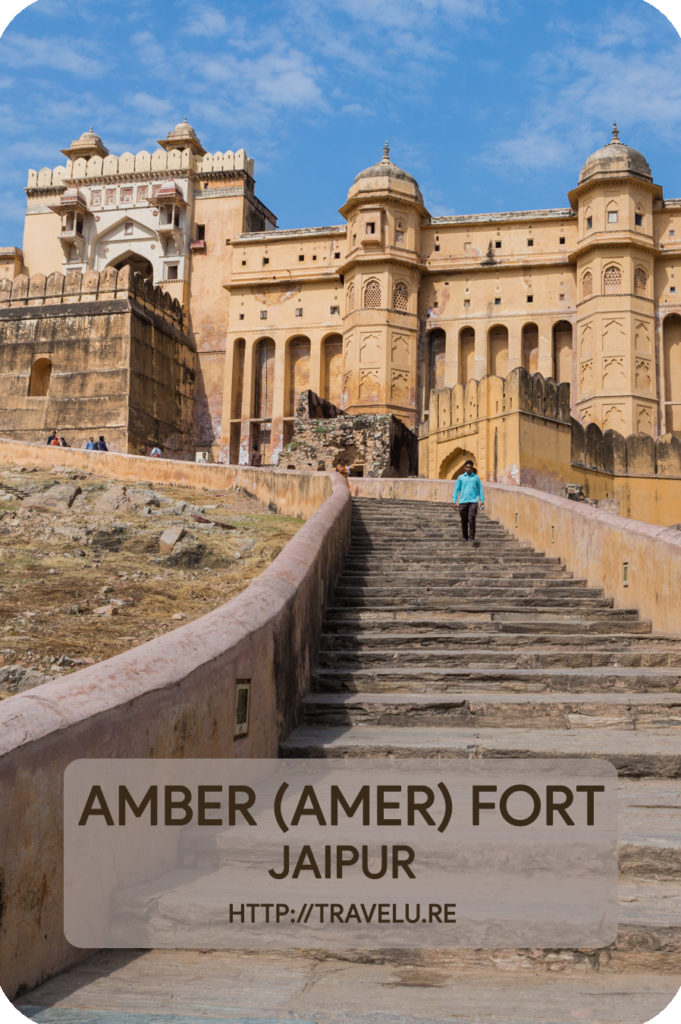












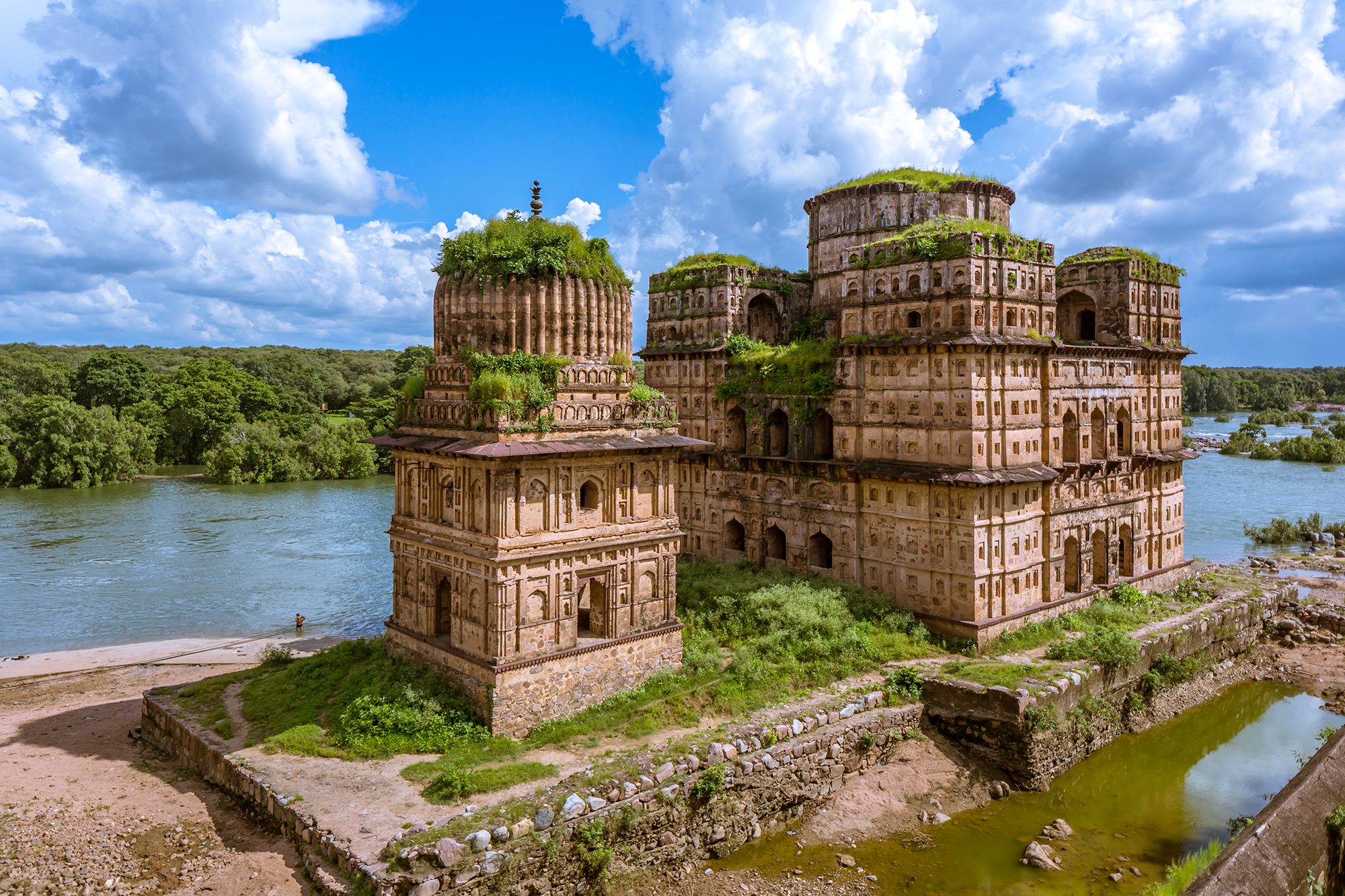



I love travelling…………………
Me too!
Thanks for information…….
You are welcome, Vishu!